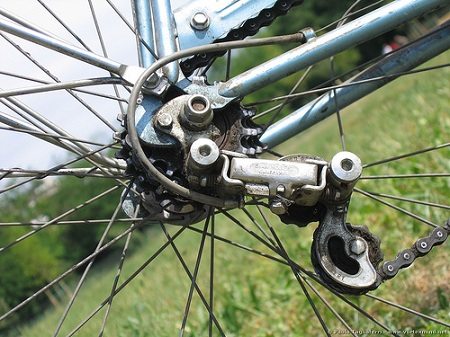
December 12, 2012; Source: KUHF-Houston
This time of year, it is not unusual to hear of a nonprofit donating toys, bikes, or basic needs to schoolchildren. At first glance, the nonprofit Elves and More seems to be a typical example, helping Santa deliver more than 126,000 bikes to kids in the Houston area. However, this story caught our eye because Elves and More doesn’t just give the bikes away.
Sign up for our free newsletters
Subscribe to NPQ's newsletters to have our top stories delivered directly to your inbox.
By signing up, you agree to our privacy policy and terms of use, and to receive messages from NPQ and our partners.
Instead, children earn the bikes by fulfilling a contract they make with their teacher. Contract terms include avoiding truancy, good class behavior, improving grades, or meeting other appropriate academic targets, such as learning to read. Bikes were chosen as a reward because a bike enables a child to stay at after school programs, take advantage of community centers, or even travel back and forth to a local store. In short, the bikes deliver—and the kids earn—freedom to expand.
This program illustrates how combining two service provisions to the same group can amplify the impact of both. Similarly, USAID Development Innovation Ventures, a partner with the Skoll Foundation, has been looking for ways that good programs might reinforce each other. For example, in India, they were able to raise vaccination rates from 5 to 35 percent by offering one kilogram of lentils with a vaccination. Programs for vaccinations and meeting nutritional needs were already being offered, but by placing them in combination, the results were better.
Similarly, Elves and More point to an interesting question for the sector. How can we have a greater impact by combining existing programs targeting the same population? –Michelle Shumate













